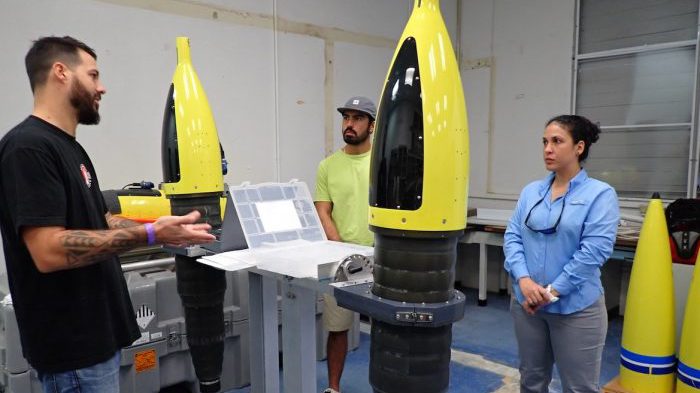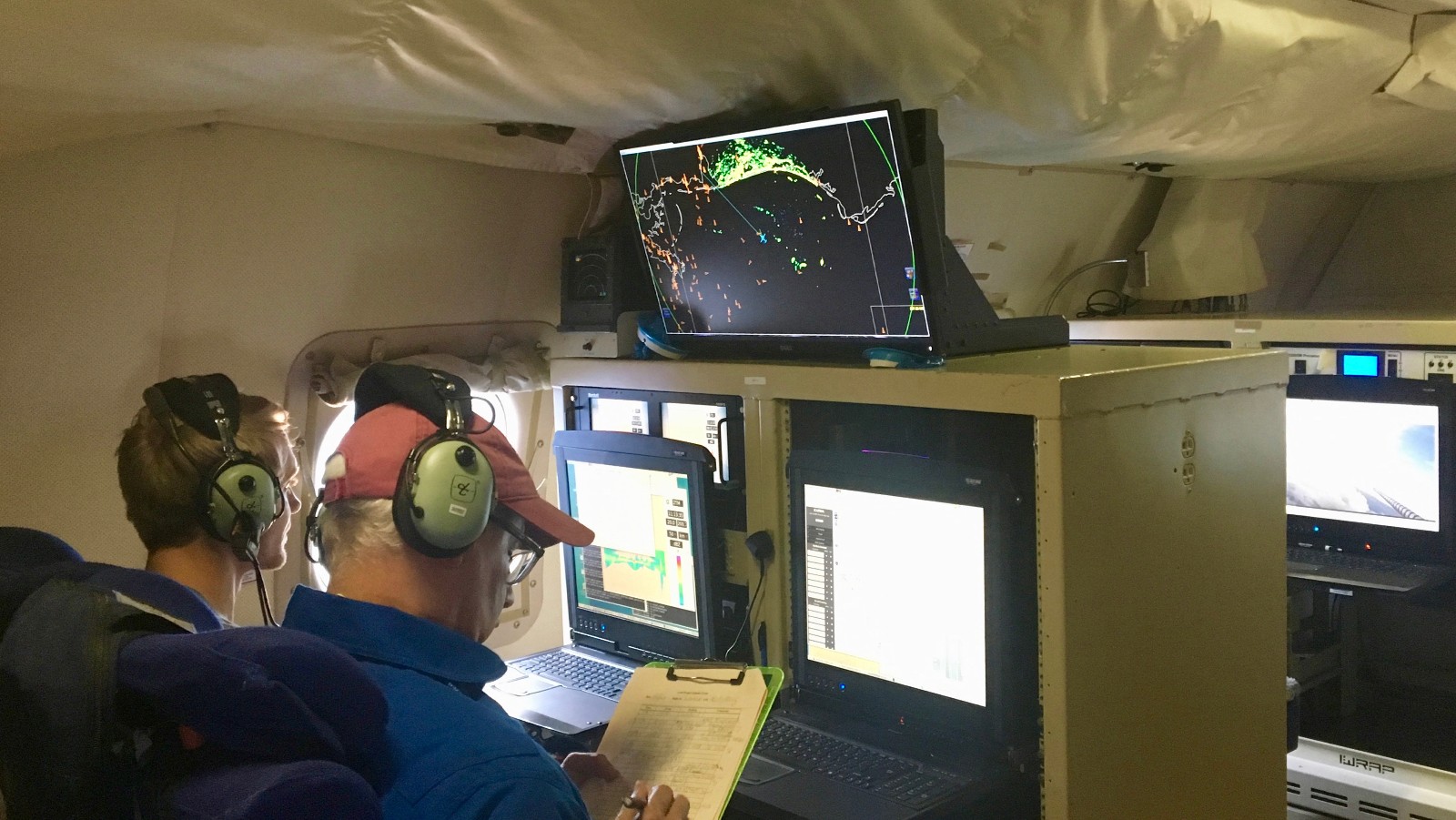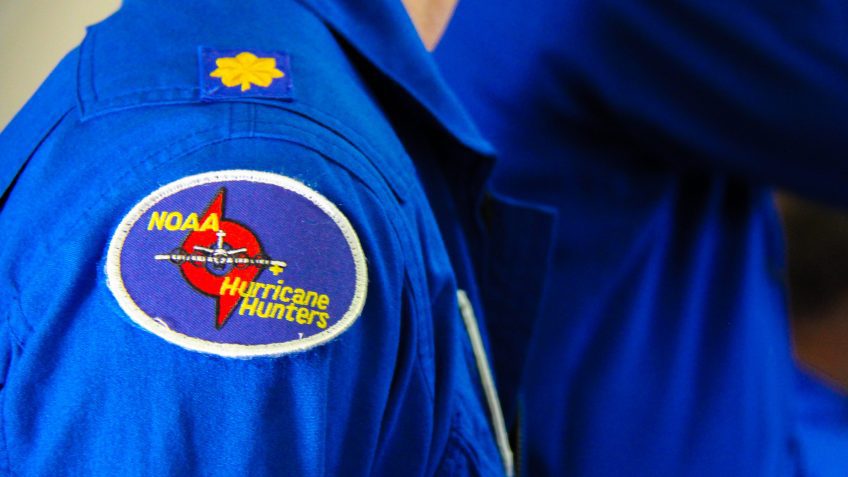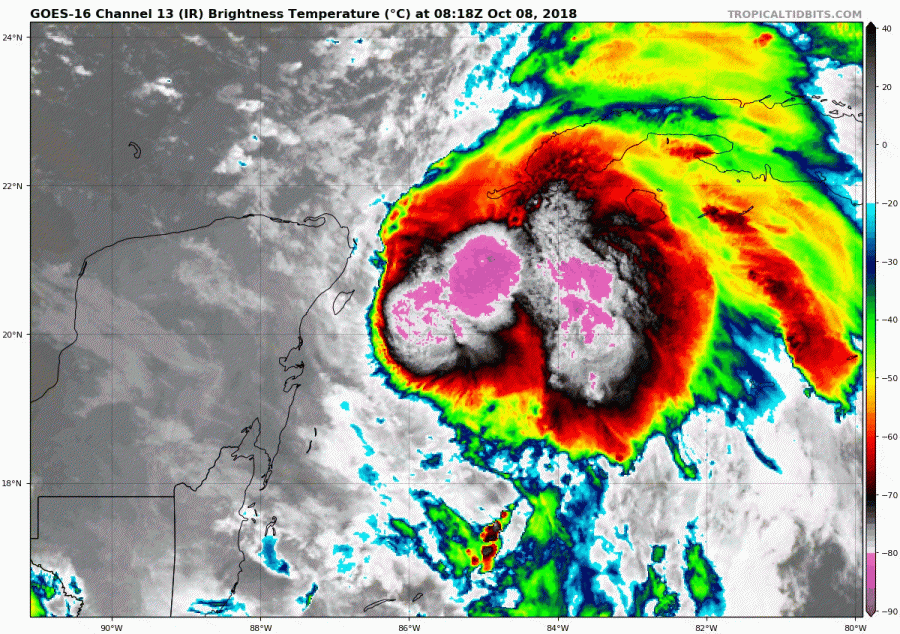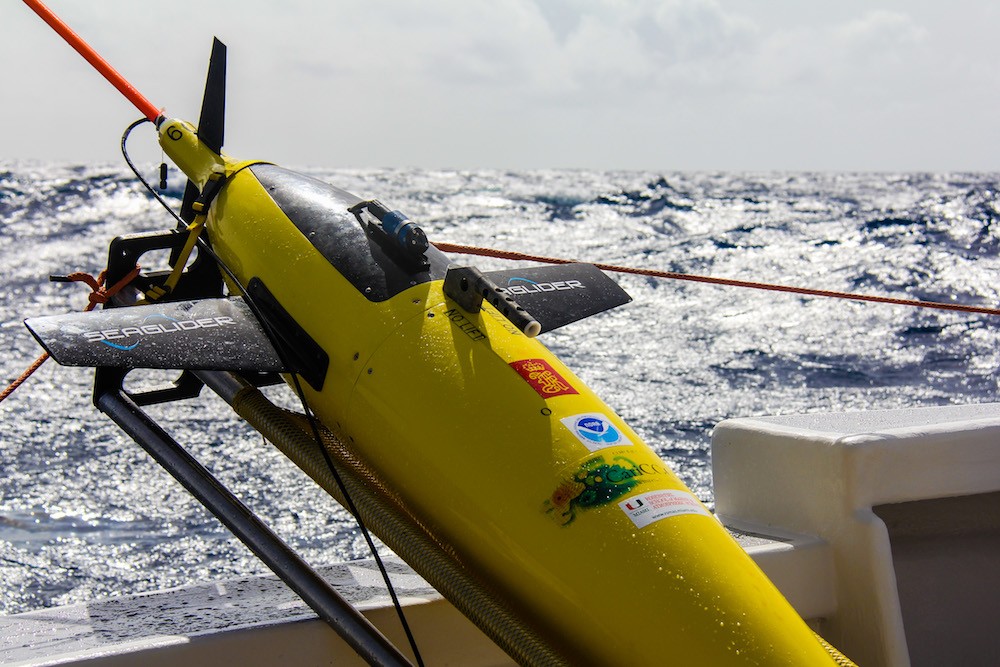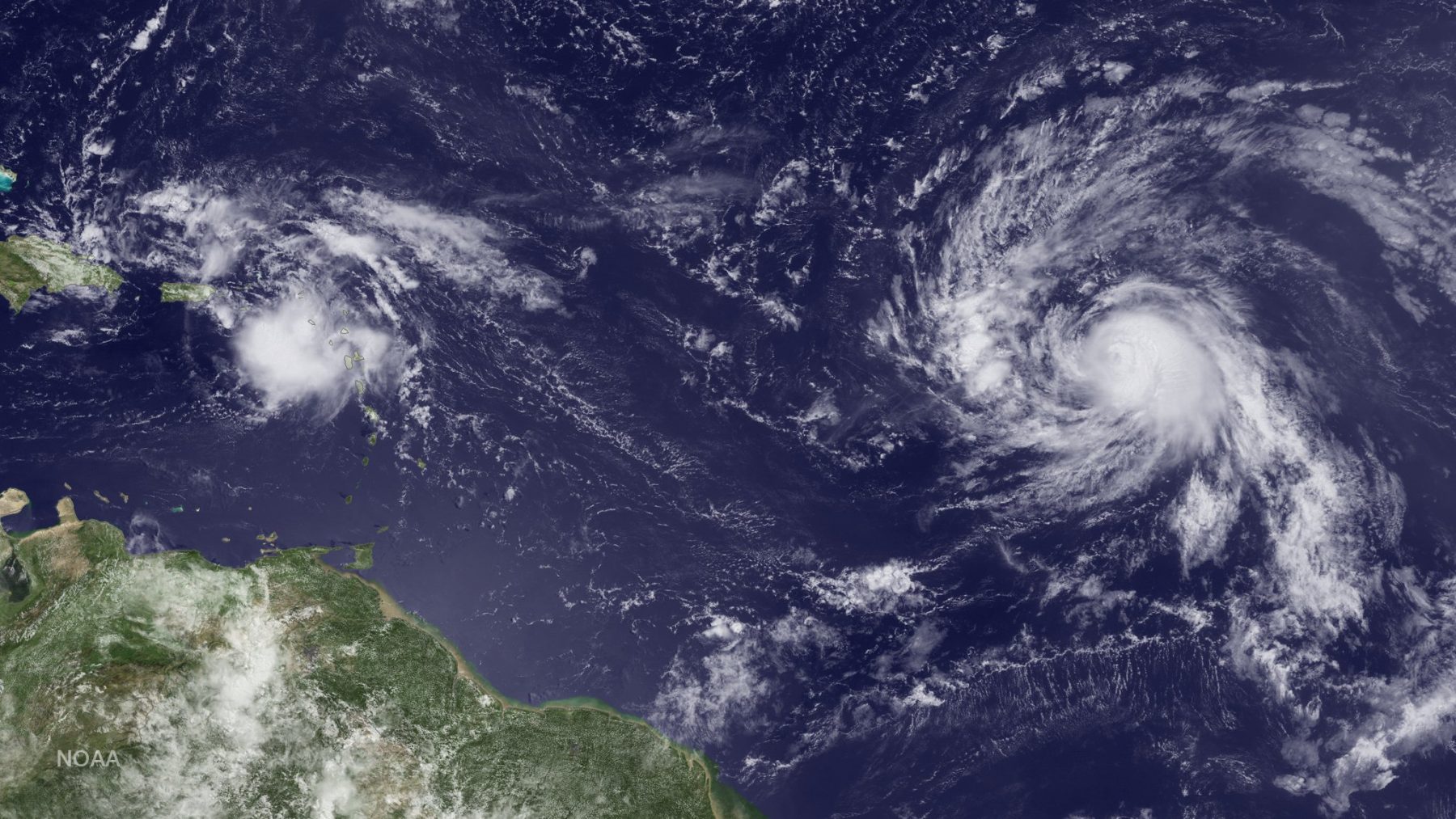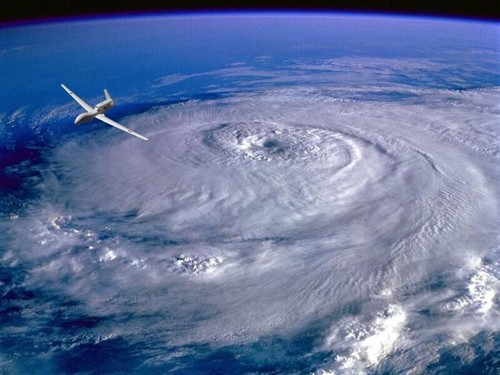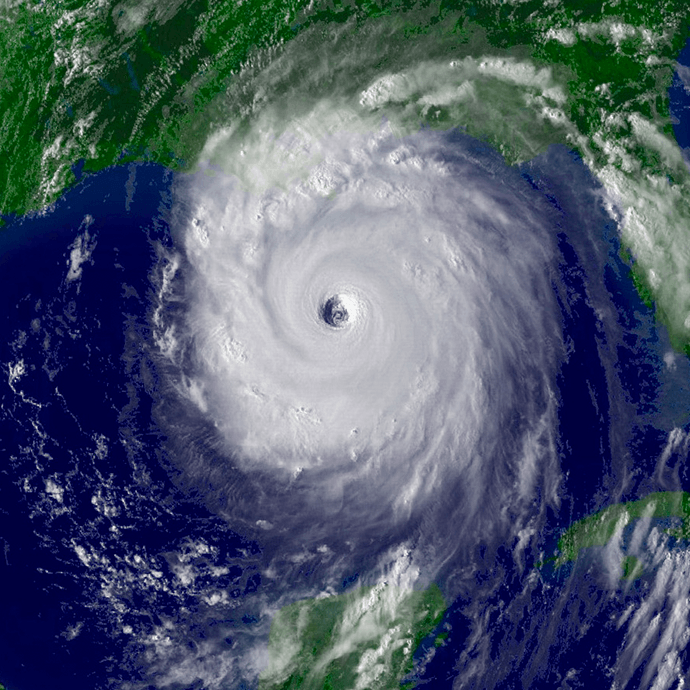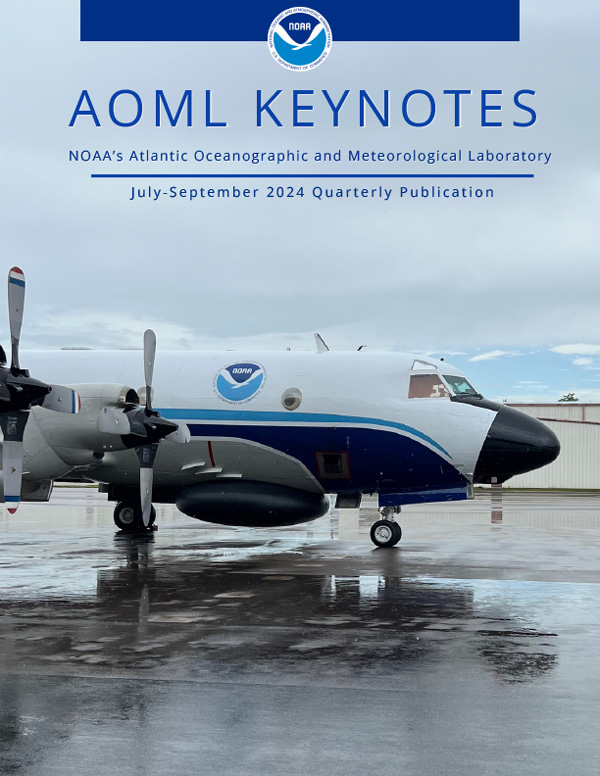Glider School, Class Is in Session!
AOML scientists recently traveled to Puerto Rico and the Dominican Republic, respectively, to train members of the CARICOOS and ANAMAR ocean glider teams in the removal and installation of science sensors in the fleet of AOML underwater gliders.
